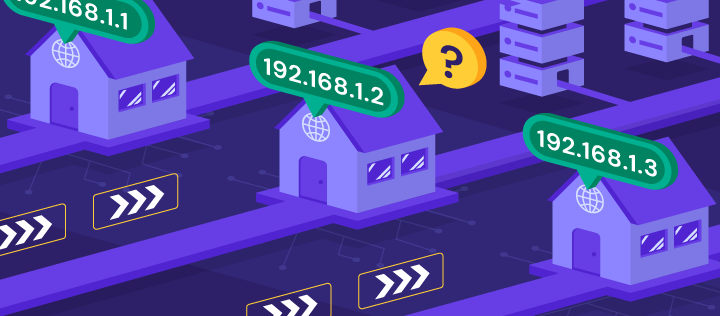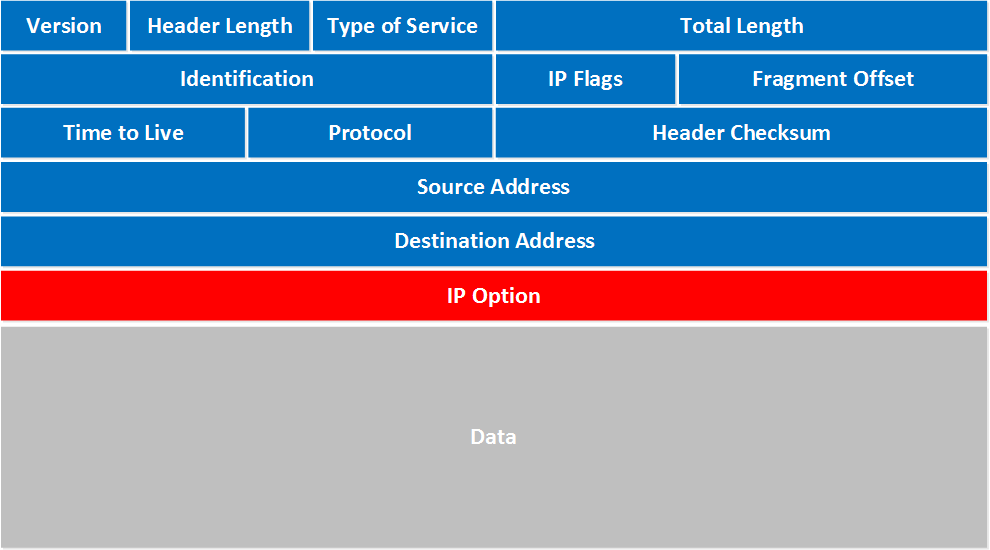
Most people are familiar with the term ‘IP’ or ‘IP address’. but what really is it and what is it used for? In this post, we’ll take a look at the Internet Protocol and its addressing scheme.
In order for network packets to go from one computer to another, a source and destination address is added to the original data when it is encapsulated at layer 3 (network layer). If these terms are unfamiliar to you then please check out this article. This address is the Internet Protocol address. The Internet Protocol is pretty much just a block of information, known as a header that is added when encapsulation takes place. The most important part of this header is the Source Address and the Destination Address.
He is a picture of a logical representation of the IP header:

You ignore most of the fields of the header for now. At this level, we’re just concerned with the Source and Destination addresses.
The Format of an IP Address
So we know what the address is doing and where it sits, but what does it actually look like? It could look something like this -> 203.0.113.1 or this -> 224.0.0.13 even this -> 192.168.1.1. Notice what they all have in common; four groups of numbers, separated by a period. Each of the groups of numbers can go from 0 to 255. So the very first IP address is 0.0.0.0 and the last is 255.255.255.255. This is actually a huge number of unique addresses. There are roughly 4 billion IP addresses! But this actually isn’t enough for today’s world where most people have multiple devices and things like light bulbs and fridges can be connected to the internet. There are several solutions to this shortage problem but I won’t get into them now. This representation of an IP address is actually just an easy way for humans to interpret it. In reality, the address is a binary number (base 2), not a decimal (base10) number. So the IP address 192.168.1.1 is actually 11000000101010000000000100000001. That is certainly not a practical number to deal with!